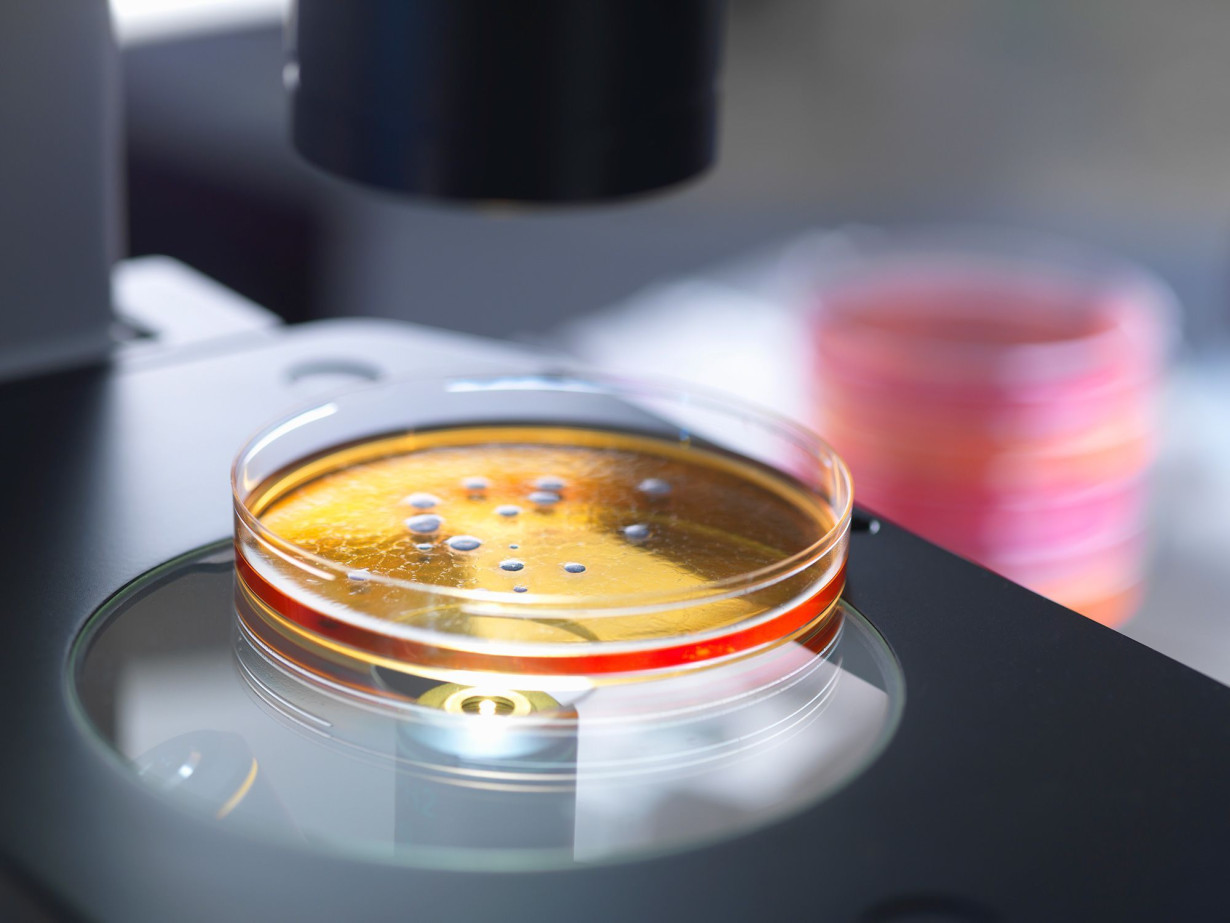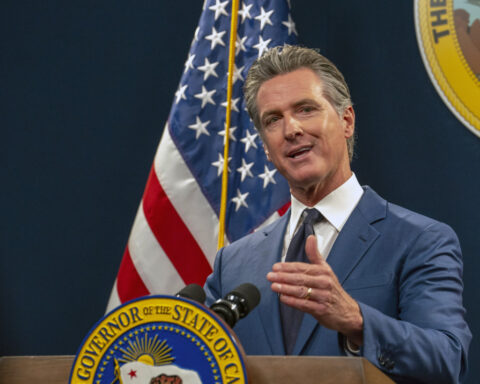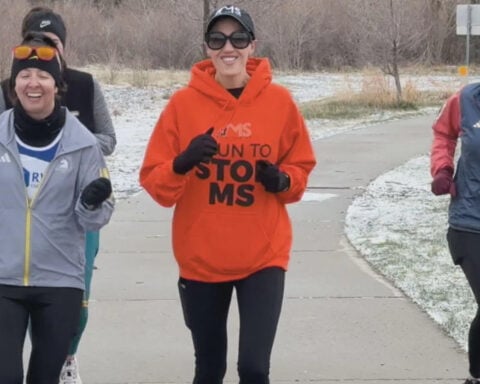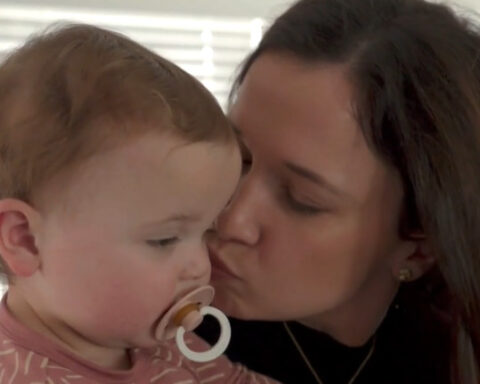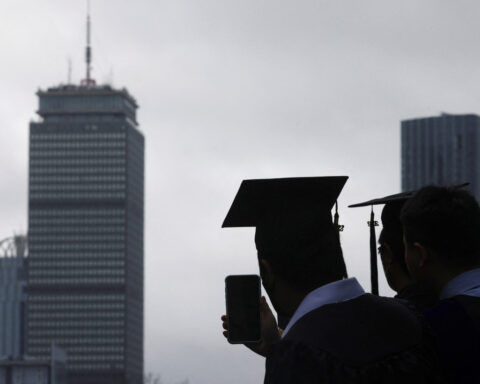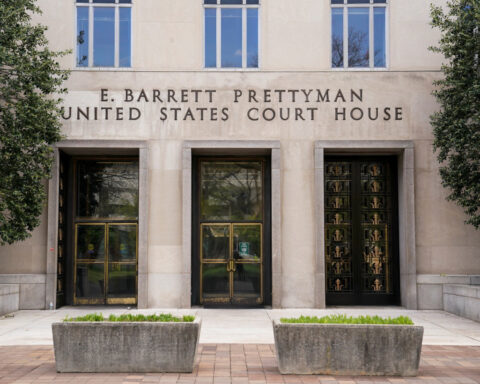(CNN) — A group of 38 scientists working in nine countries has sounded an alarm about the potential creation of mirror bacteria — synthetic organisms in which the molecular structure found in nature is reversed and could put humans, animals and plants at risk of exposure to dangerous pathogens.
While the science and technology necessary to create mirror bacteria in a laboratory is a decade or more away, the scientists argued that the possibly lethal risks posed by this new field of research are “unprecedented” and “overlooked.”
“Driven by curiosity and plausible applications, some researchers had begun work toward creating lifeforms composed entirely of mirror-image biological molecules,” the researchers wrote in a report published December 12 by the journal Science.
“Such mirror organisms would constitute a radical departure from known life, and their creation warrants careful consideration.”
A fundamental feature of all known life is a uniform chirality, or handedness. For example, DNA and RNA are made from “right-handed” nucleotides, and proteins are made from “left-handed” amino acids. Just as a right-handed glove cannot fit a left hand, interactions between molecules often depend on chirality.
While the authors, who included experts in immunology, plant pathology, ecology, evolutionary biology, biosecurity and planetary sciences, had initially been skeptical that mirror bacteria could pose major risks, the experts said they had now become “deeply concerned.”
“It’s a genie you don’t want to let out of the bottle,” said report coauthor Jonathan Jones, a group leader at The Sainsbury Laboratory in Norwich, United Kingdom.
“The risk of something bad happening is low, but the consequences of something bad happening are really awful,” he added.
Unless compelling evidence were to emerge that mirror life would not pose extraordinary dangers, research with the goal of creating mirror bacteria should not be permitted, and funders should make clear that they will not support such work, the scientists recommended.
Risks of mirror bacteria
The authors based the Science paper on a 300-page technical report by Adamala et al. that detailed the feasibility and risks of mirror bacteria.
The report said that creating mirror life was a longer-term aspiration of multiple laboratories and major funders of research as part of efforts to better understand life and potentially aid in the development of drugs and other therapeutics.
Many synthetic biologists seek to understand how cells could be created from their constituent molecules with the aim of shedding light on how life first arose and understanding what other kinds of life might be possible. The report said that if a cell with natural chirality can be created from lifeless molecules, then, in theory, a mirror-image cell could be created from mirror-image molecules using the same methods.
No imminent threat exists, the report stressed, and there are currently sizable technical hurdles to creating mirror bacteria. Doing so within a decade would require substantial, coordinated efforts similar in scale and budget to the Human Genome Project, which mapped 92% of the human genome over the span of 12 ½ years.
Organisms vulnerable to infection
Immune systems rely on recognizing specific molecular shapes found in invading bacteria. If these shapes were reflected — as they would be in mirror bacteria — recognition would be impaired and immune defenses could fail, potentially leaving organisms vulnerable to infection.
“We cannot rule out a scenario in which a mirror bacterium acts as an invasive species across many ecosystems, causing pervasive lethal infections in a substantial fraction of plant and animal species, including humans,” the scientists argued in the Science report.
“Even a mirror bacterium with a narrower host range and the ability to invade only a limited set of ecosystems could still cause unprecedented and irreversible harm.”
Transmission via animals and humans could enable the spread of such bacteria into different ecosystems. Jones, an expert in plant immune systems, said that mirror bacteria would be extremely difficult to detect in plants.
“Even if it didn’t grow very well initially, mutations would kick in and there’d be selection for something that grew better. That’s the way evolution works,” Jones explained.
Tom Ellis, a professor of synthetic genome engineering at Imperial College’s Centre for Synthetic Biology and department of bioengineering, said that mirror life was still very much science fiction rather than science fact.
“Broadly I agree with the concerns, although they are very speculative considering research is currently at a very early stage and a long way from being any threat,” said Ellis, who wasn’t involved in the research.
Scientists had been trying to create synthetic life using non-mirror molecules for more than a decade, Ellis said, but they were still a “long way” from having self-sustaining cells that can divide, replicate and evolve.
“This ‘synthetic cell’ work is challenging enough already when (scientists) use normal molecules, enzymes and chemicals. When they have to do all that but only with mirror molecules, that all need to be made and invented, then it makes it … 1000x harder,” he said via email.
“The scale of difficulty is akin to humans preparing to land on Mars, and people starting to talk about flying to other stars and galaxies,” he said. “There’s such a leap in difference of the achievement needed, and the basic initial goal isn’t even done yet.”
The-CNN-Wire
™ & © 2024 Cable News Network, Inc., a Warner Bros. Discovery Company. All rights reserved.

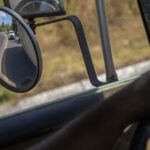 Trump has begun another trade war. Here's a timeline of how we got here
Trump has begun another trade war. Here's a timeline of how we got here
 Canada's leader laments lost friendship with US in town that sheltered stranded Americans after 9/11
Canada's leader laments lost friendship with US in town that sheltered stranded Americans after 9/11
 Chinese EV giant BYD's fourth-quarter profit leaps 73%
Chinese EV giant BYD's fourth-quarter profit leaps 73%
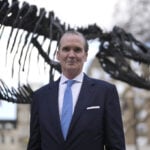 You're an American in another land? Prepare to talk about the why and how of Trump 2.0
You're an American in another land? Prepare to talk about the why and how of Trump 2.0
 Chalk talk: Star power, top teams and No. 5 seeds headline the women's March Madness Sweet 16
Chalk talk: Star power, top teams and No. 5 seeds headline the women's March Madness Sweet 16
 Purdue returns to Sweet 16 with 76-62 win over McNeese in March Madness
Purdue returns to Sweet 16 with 76-62 win over McNeese in March Madness
